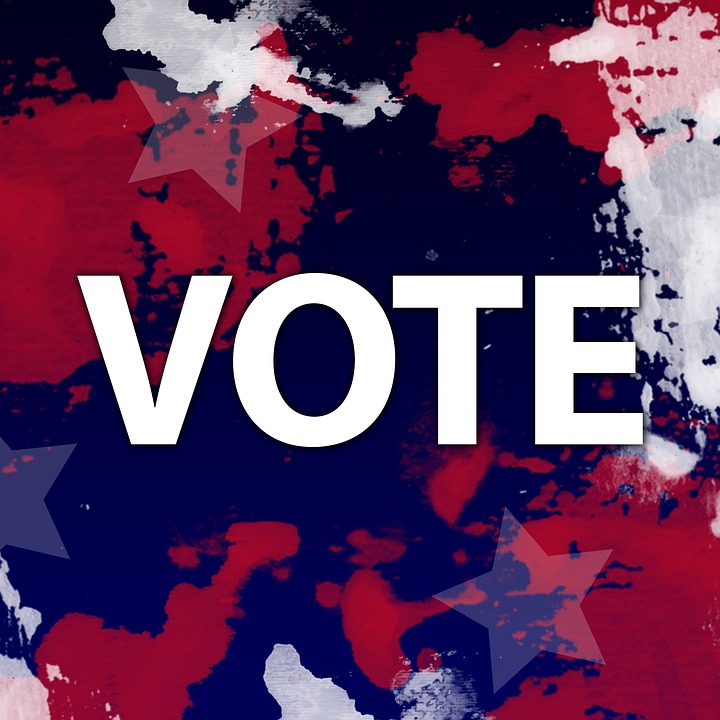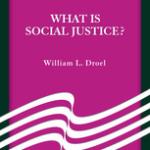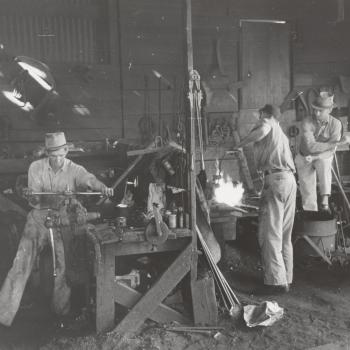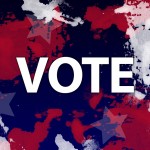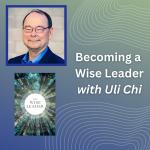Young adults are forcing our society to deal with several injustices and tensions. The long neglect is no more. Their protest movements are remarkably strong, even though the young adult leaders mobilize amid a deadly pandemic. The movements are now though at a crossroads. Thus, some of those leaders are studying U.S. history to learn what to do and what not to do next. Bayard Rustin (1912-1987), for example, is for some young adults a source for consideration, particularly his 1964 essay, “From Protest to Politics.”
Rustin was a leader on the original 1941 March on Washington and again at the 1963 March for Jobs and Freedom. He was a founder of the Southern Christian Leadership Conference and involved with the Freedom Rides. Later in life he was instrumental in integrating several unions and went on humanitarian missions to assist refugees. Rustin was a gay rights supporter even before the 1969 Stonewall Uprising. Most substantially, Rustin brought the philosophy of non-violent social action to the civil rights efforts of the 1950s-1960s. He spent time in India and elsewhere studying the applied strategies of Mahatma Gandhi (1869-1948).
A protest movement, says Rustin, must take a “turn toward political action.” The movement’s fervor must aggregate people “into power units capable of effecting social change.” To counter police brutality, for example, it might be necessary “to get rid of the local sheriff.” During Rustin’s time and in the South, “that meant political action which in turn meant, and still means, political action within the Democratic Party.” Protesters, in this example, must figure out a way to get inside the party’s decision-making—through voter registration, through campaigning for a candidate, by forming a local caucus and more. The turn to power requires getting allies and making compromises.
Rustin is clear that this turn does not mean moderation, which is usually adjusting to the status quo. It is easy and sometimes convenient for those entities that control the current state of affairs to symbolically endorse the spirit of a protest movement without changing power relationships. Those who march for real change could be fooled when, for example, a major sports league (not individual players) or a major technology company endorses the cause in general terms.
The established system knows that the predictable news coverage of a protest soon fades. Then, says Rustin, those protesters who’ve given insufficient attention to political organizing are left “with no forces prepared to move toward radical solutions. From this they conclude that the only viable strategy is shock; above all, the hypocrisy of white liberals must be exposed… They think they can frighten white people into doing the right thing.” Too often for apolitical protesters “militancy is a matter of posture and volume and not of effect.”
Instead, Rustin concludes, leaders of a protest movement must find ways to institutionalize power through alliances with like-minded groups, including those whose support comes with tradeoffs. “The leader who shrinks from this task reveals not purity, but lack of political sense.”
Back in the day, the phrase “the powerful 2%” meant that only a minority of idealists were involved in the movement. So it is today, though the protesters of 2020 might be the 4%, 10%, 25%. No matter the percentage, they are powerful because, as Rev. Martin Luther King (1929-1968) preached, “though the arc of the moral universe is long it bends toward justice.” Yet, the power of a demonstration, Rustin and others would say, will be sustained to the extent that the protest aims at specific reforms and will be effective if it grows alongside units of power.
Droel is with National Center for the Laity (PO Box 291102, Chicago, IL 60629)
Time on Two Crosses (Cleis Press; $21.95) is a collection of Rustin’s essays.



